HANDMAKER'S FACTORY, LA PETITE–BOURGOGNE, MONTRÉAL
Handmaker's Factory is a Montréal - based print and craft studio, originally founded in Melbourne, Australia. The studio’s central theme is "living and breathing craft" as a means to nurture both the mind and soul.
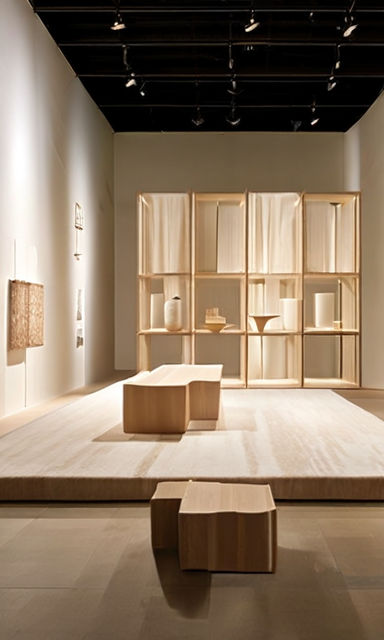
CONCEPT
Hidden Mélodie
The Shape of Little Burgundy
Abstract modelling for this concept looked at the shapes formed by the street map of the neighbourhood. Inspired by the history of jazz, layers of urban renewal and the hidden mélodie woven into the fabric of the community, over sixty pieces were die cut and both the positive and negative forms were examined. The shapes reflect the complexity of urban change and the interconnectedness of the community and can also be used to highlight how the neighbourhood’s evolving structure is shaped by its people, offering insight into its history and collective identity.


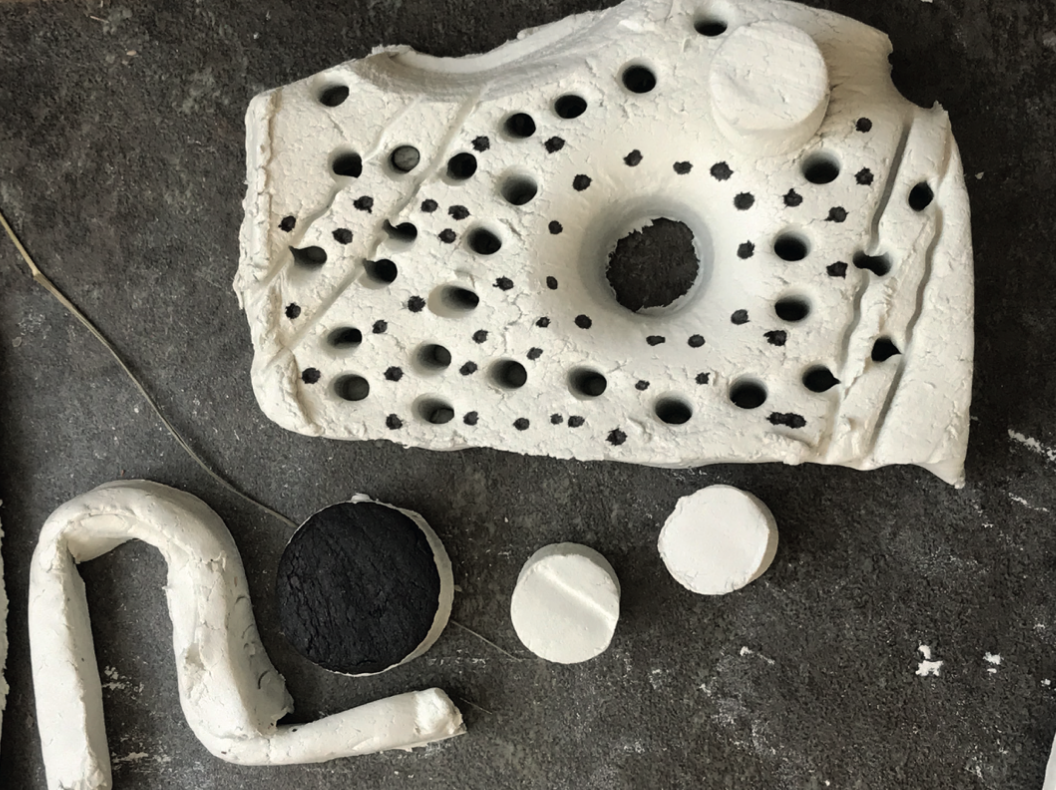
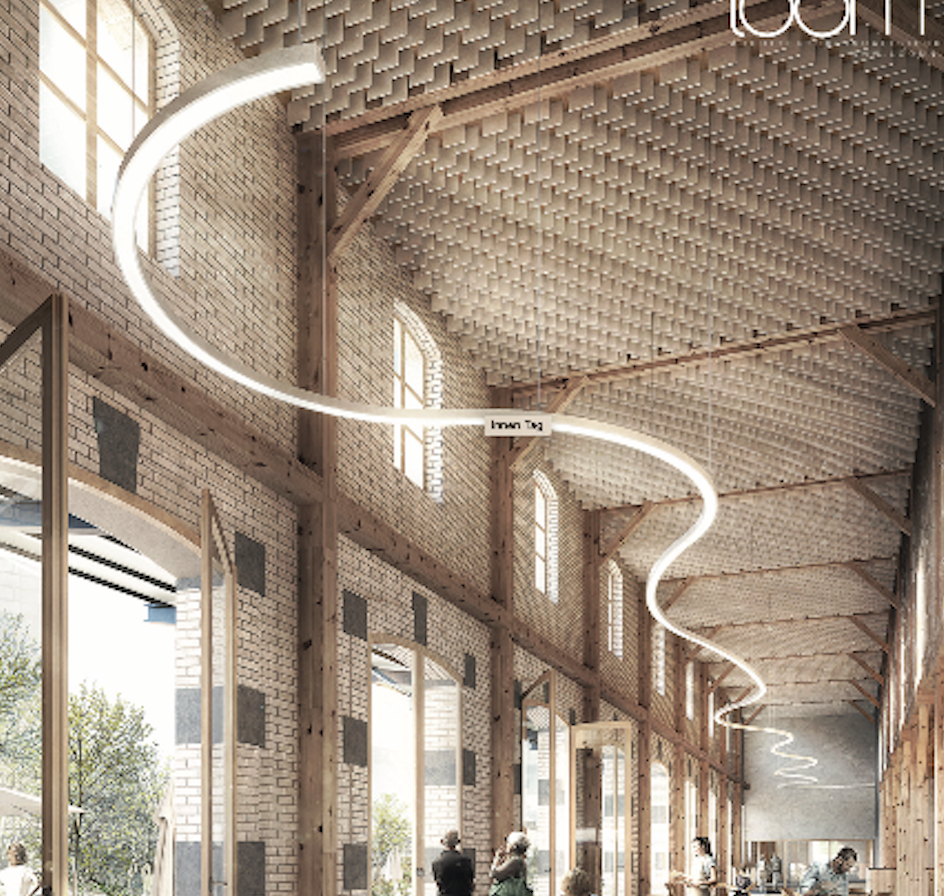
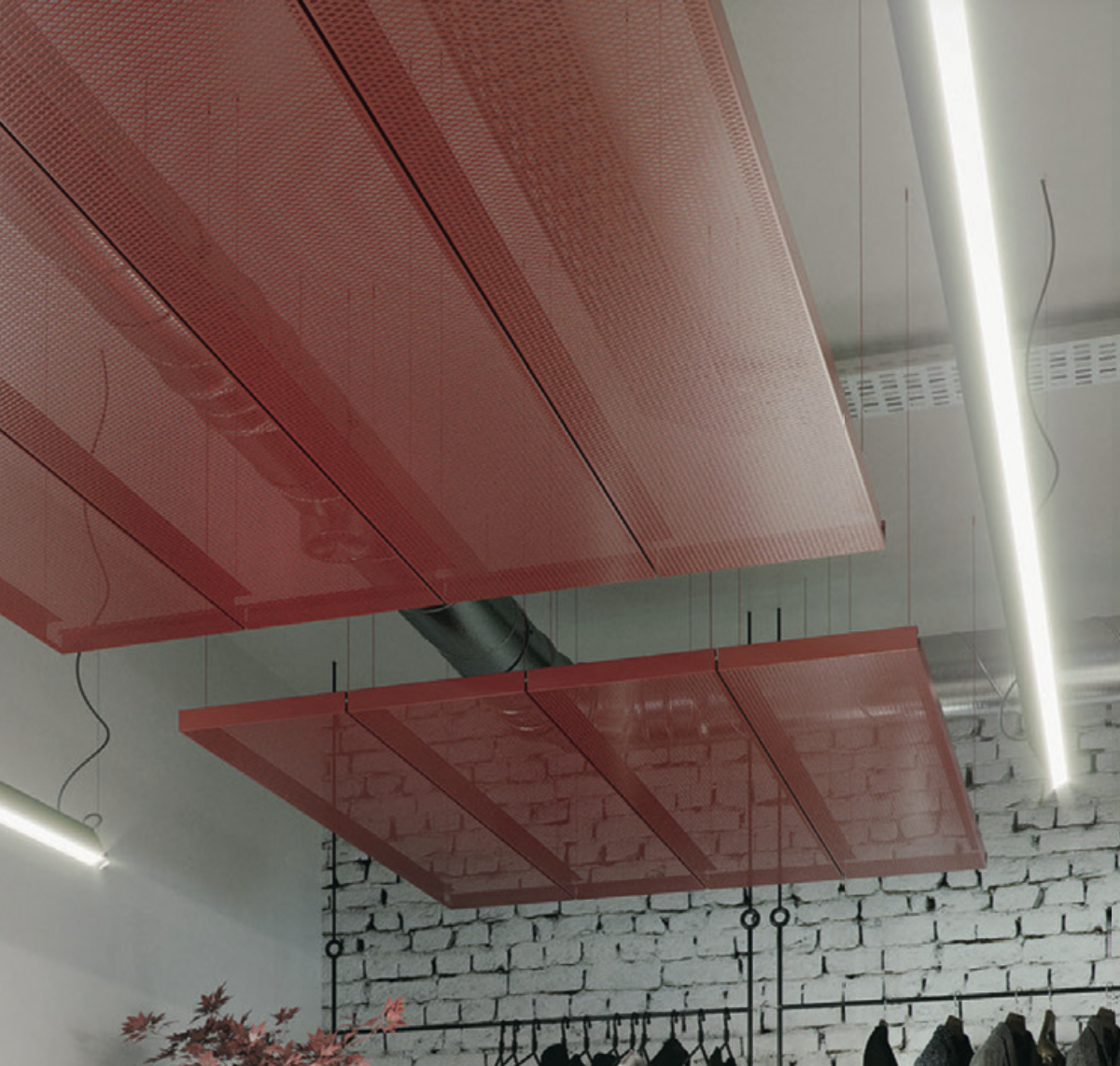
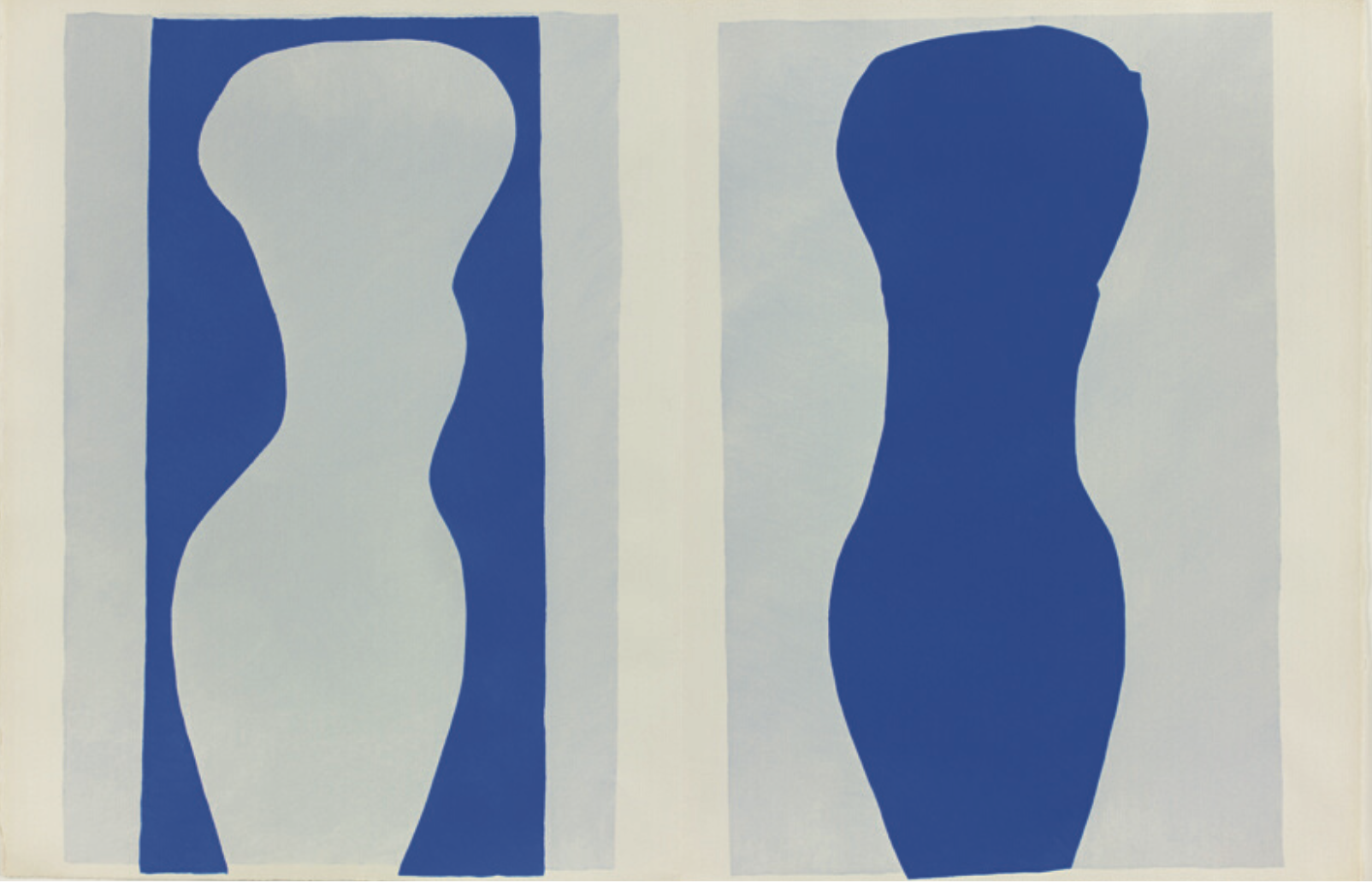
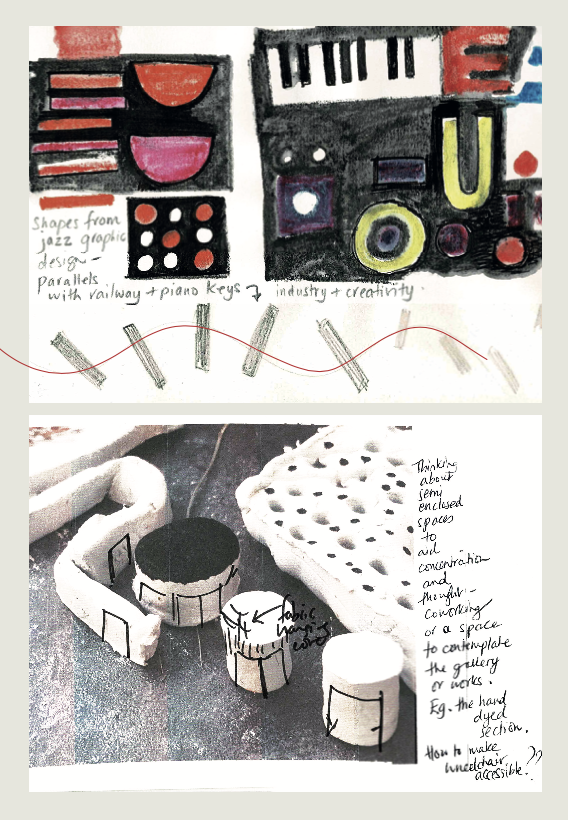
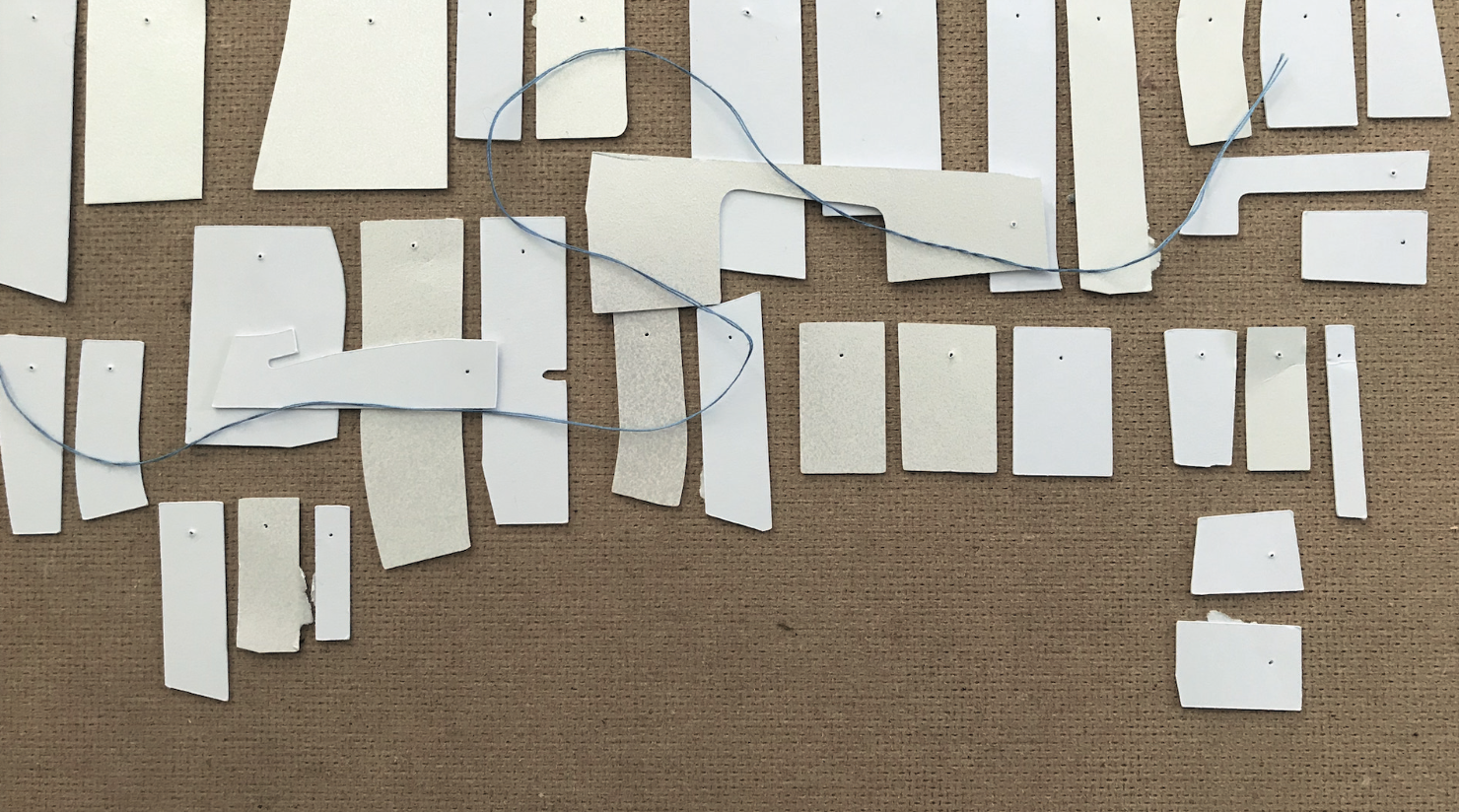
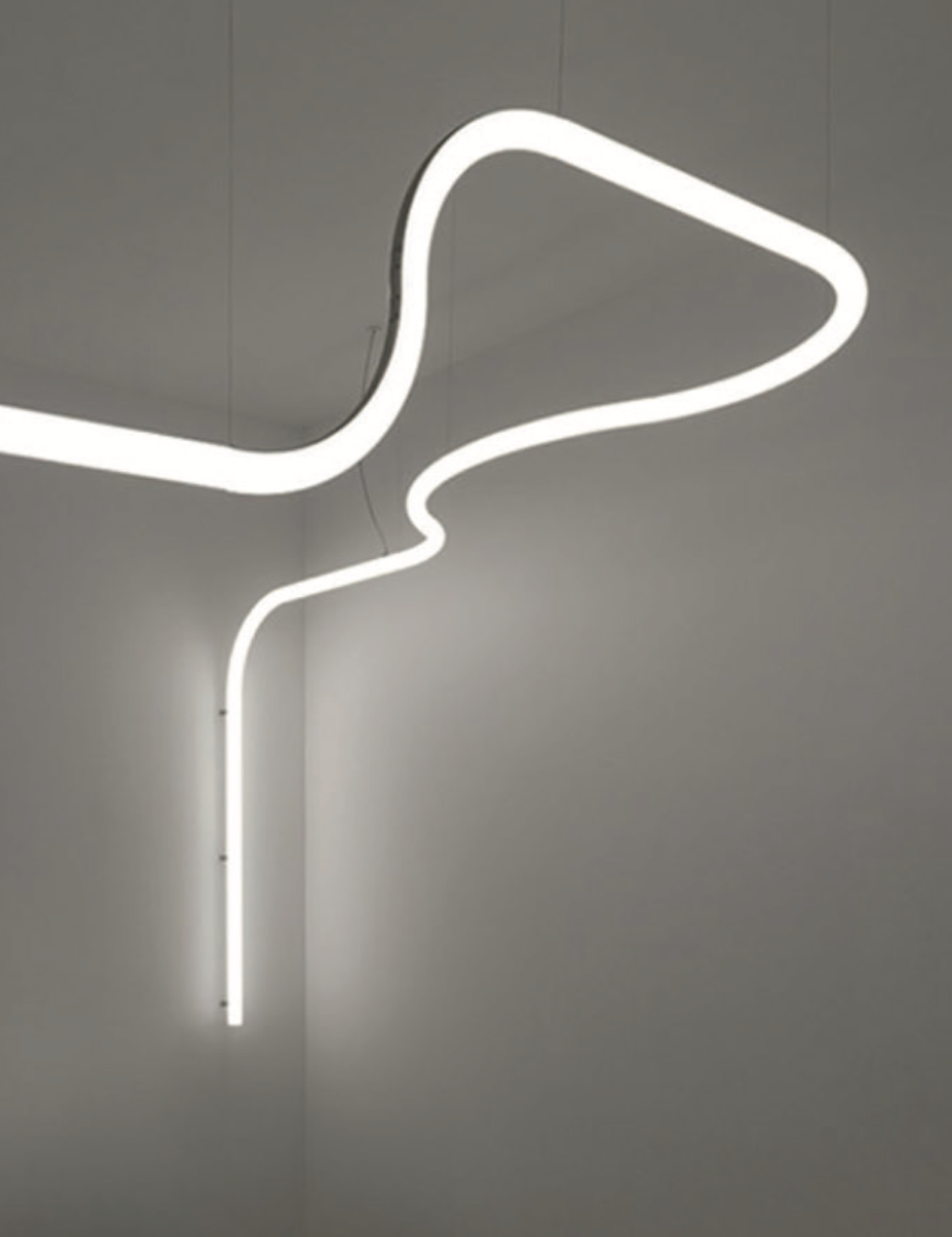
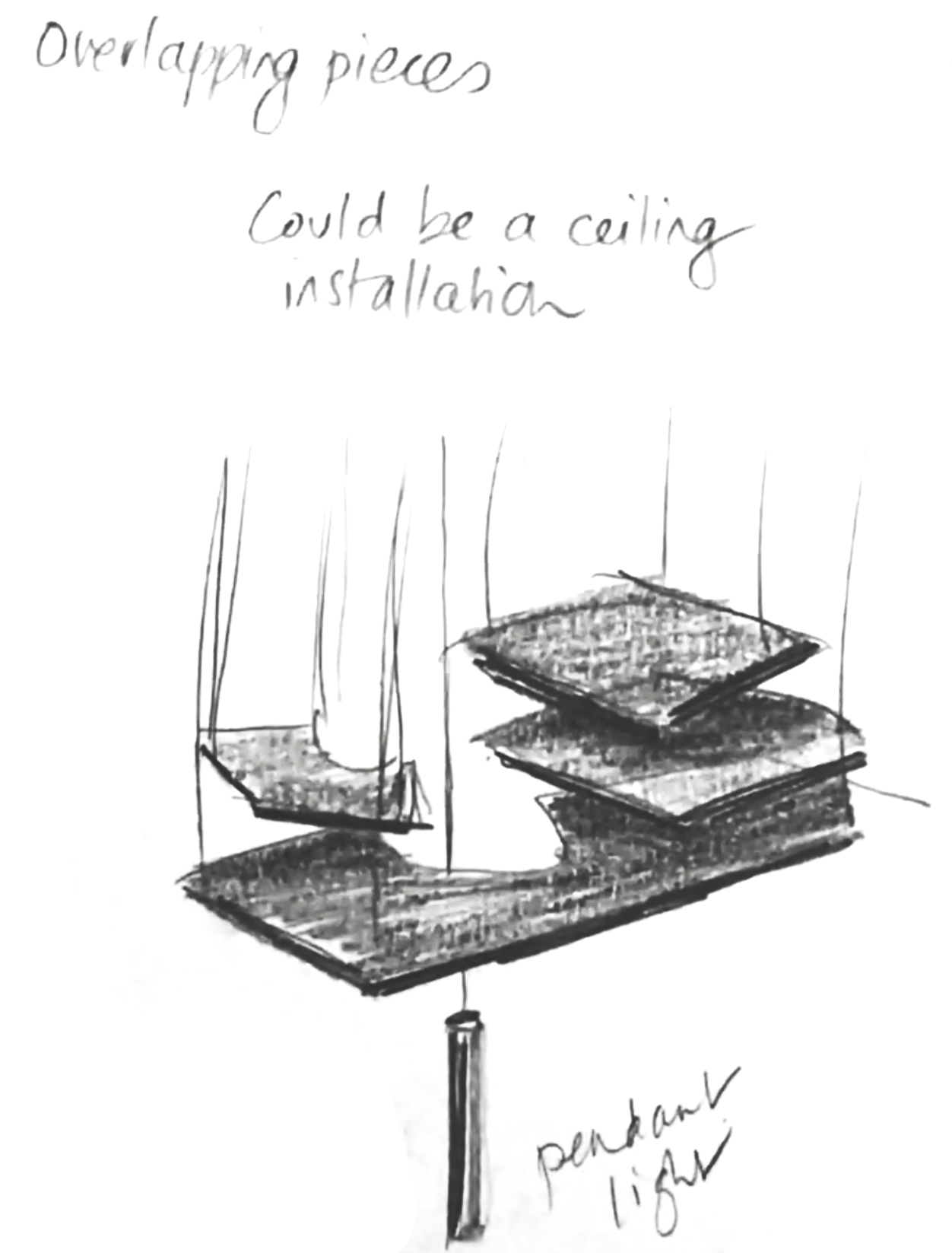
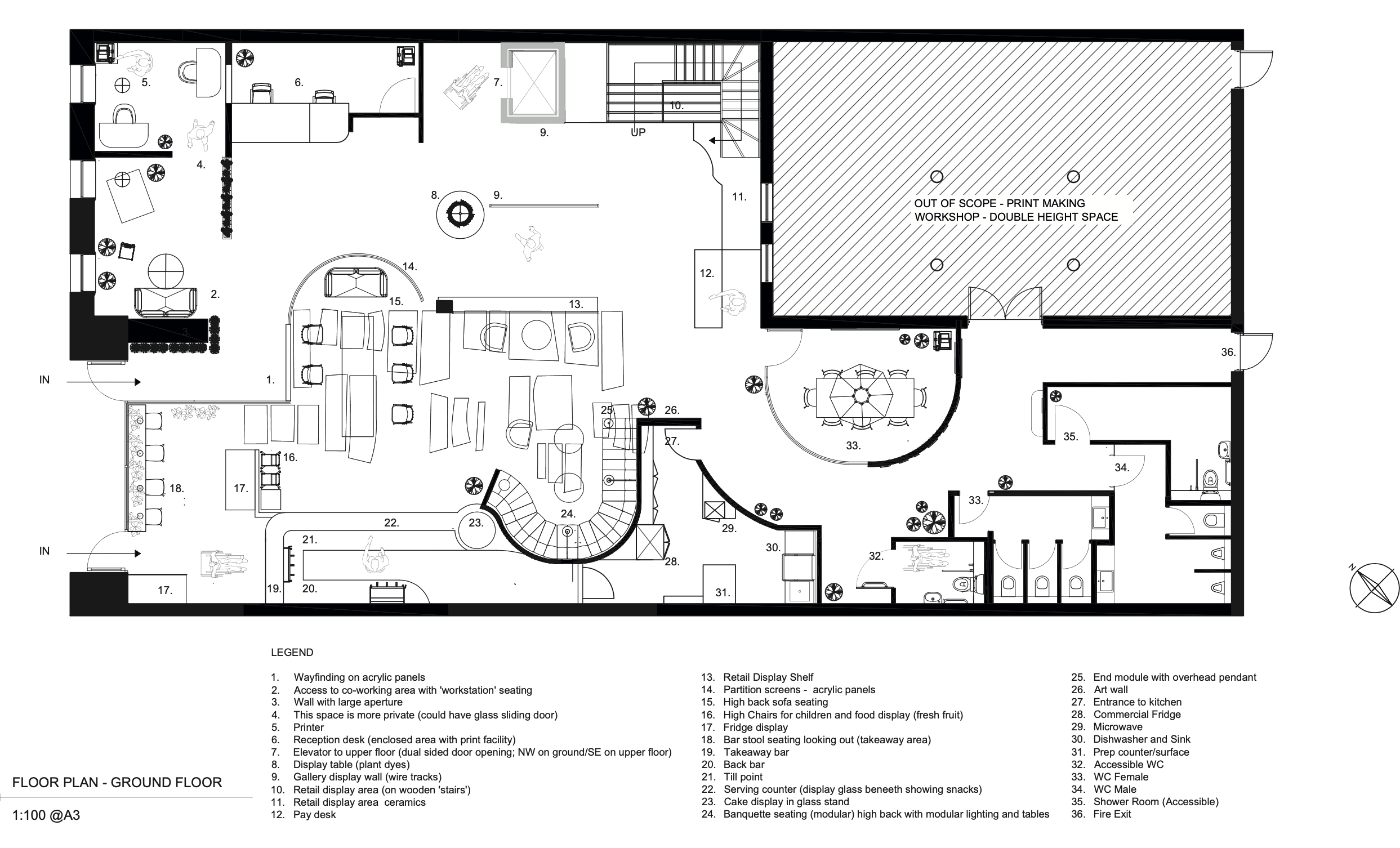
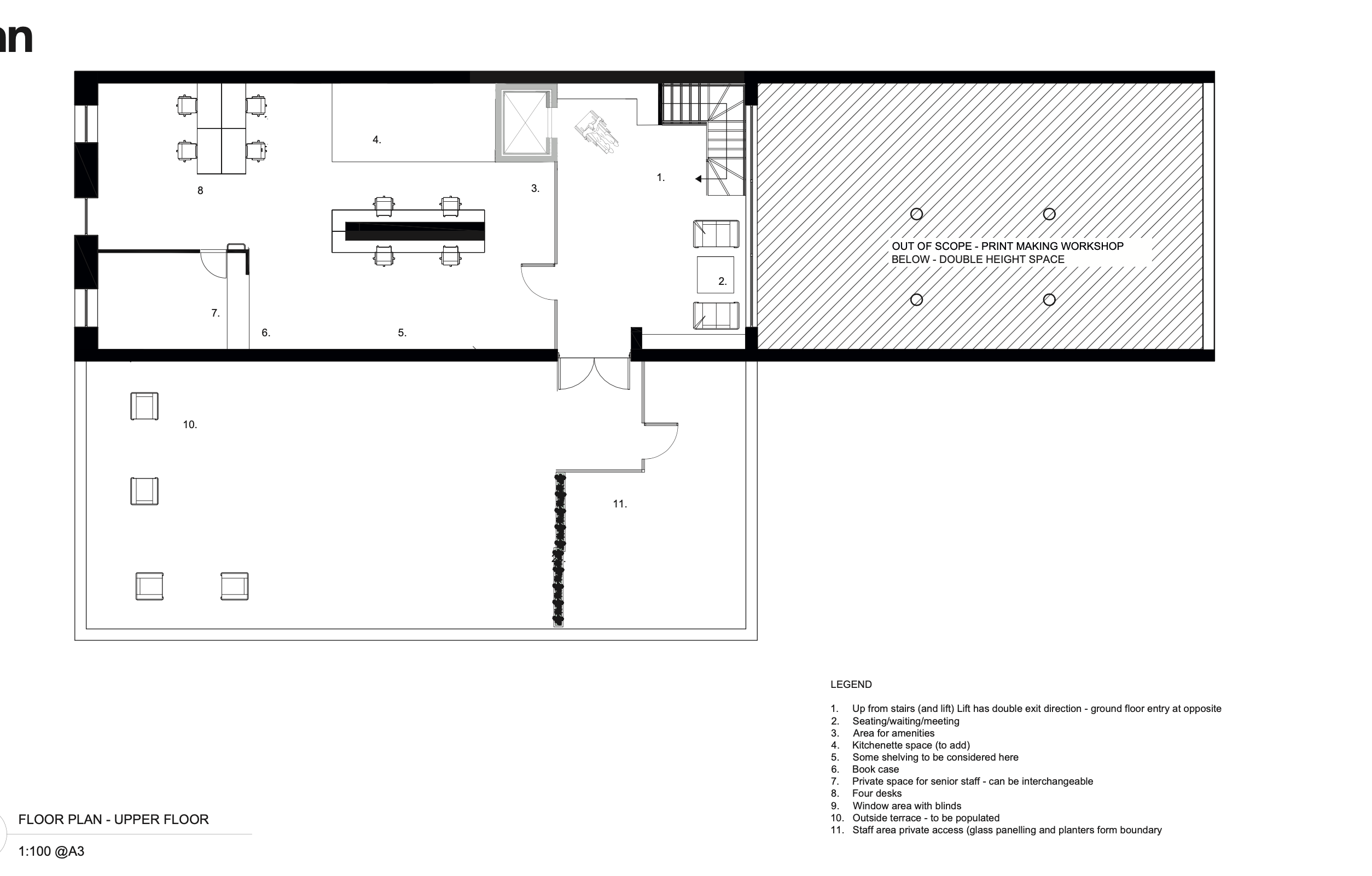
OUTDOOR TERRACE
Insert rooftop terrace here....
URBAN RENEWAL
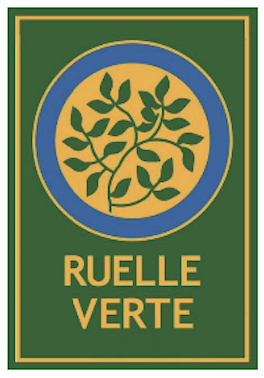

Selected Works
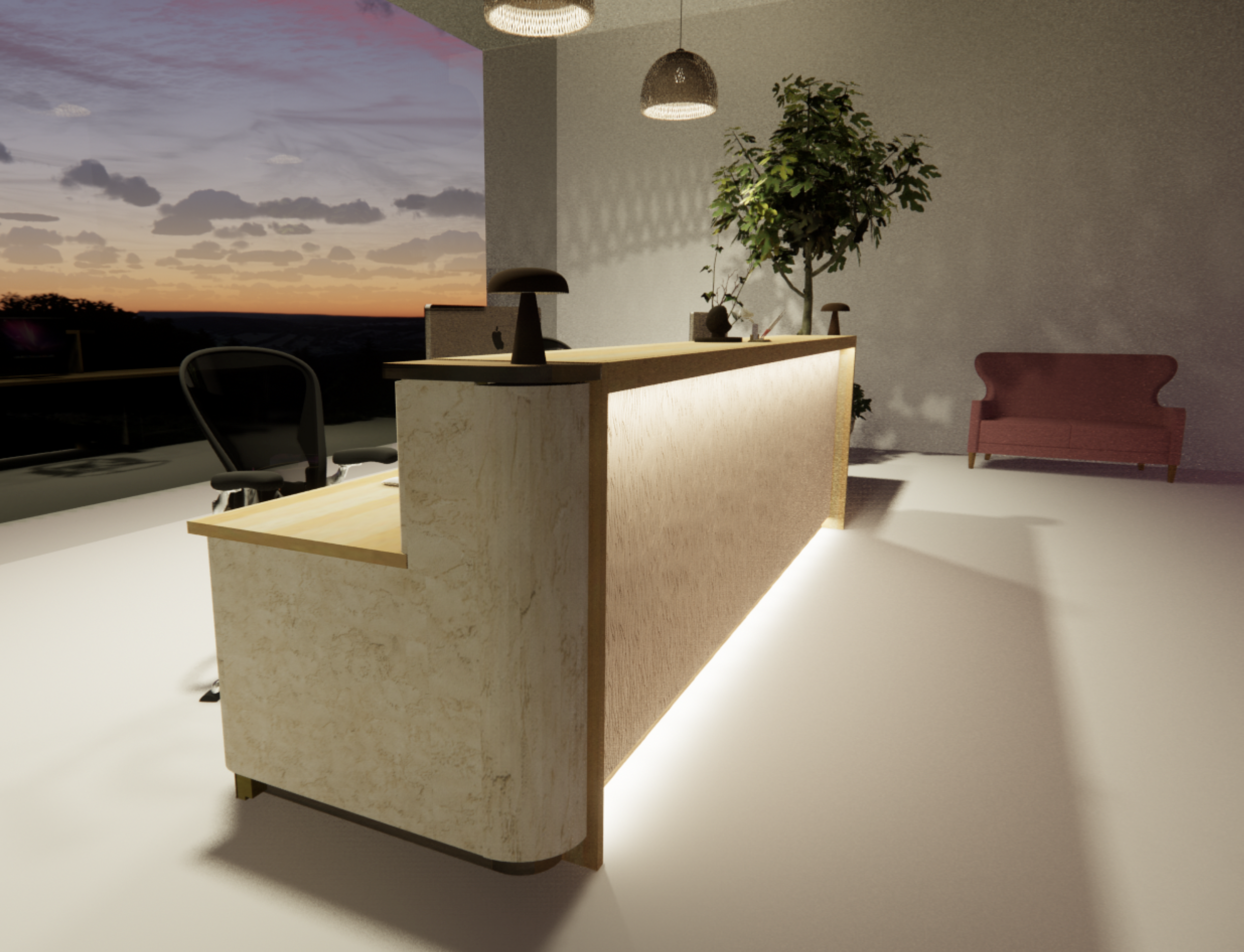
Detailed Working DrawingsProject type
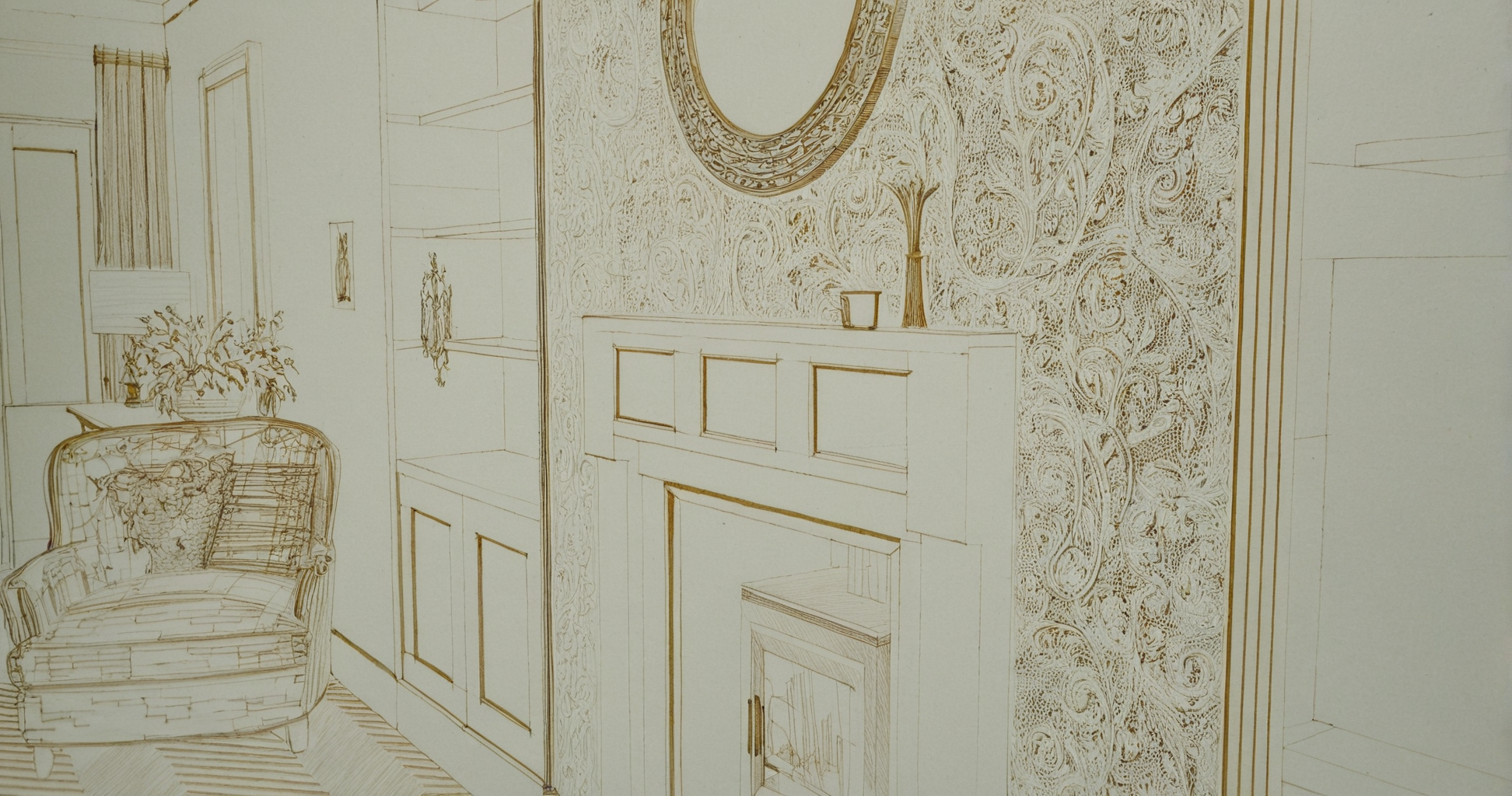
Feature SurroundResidential
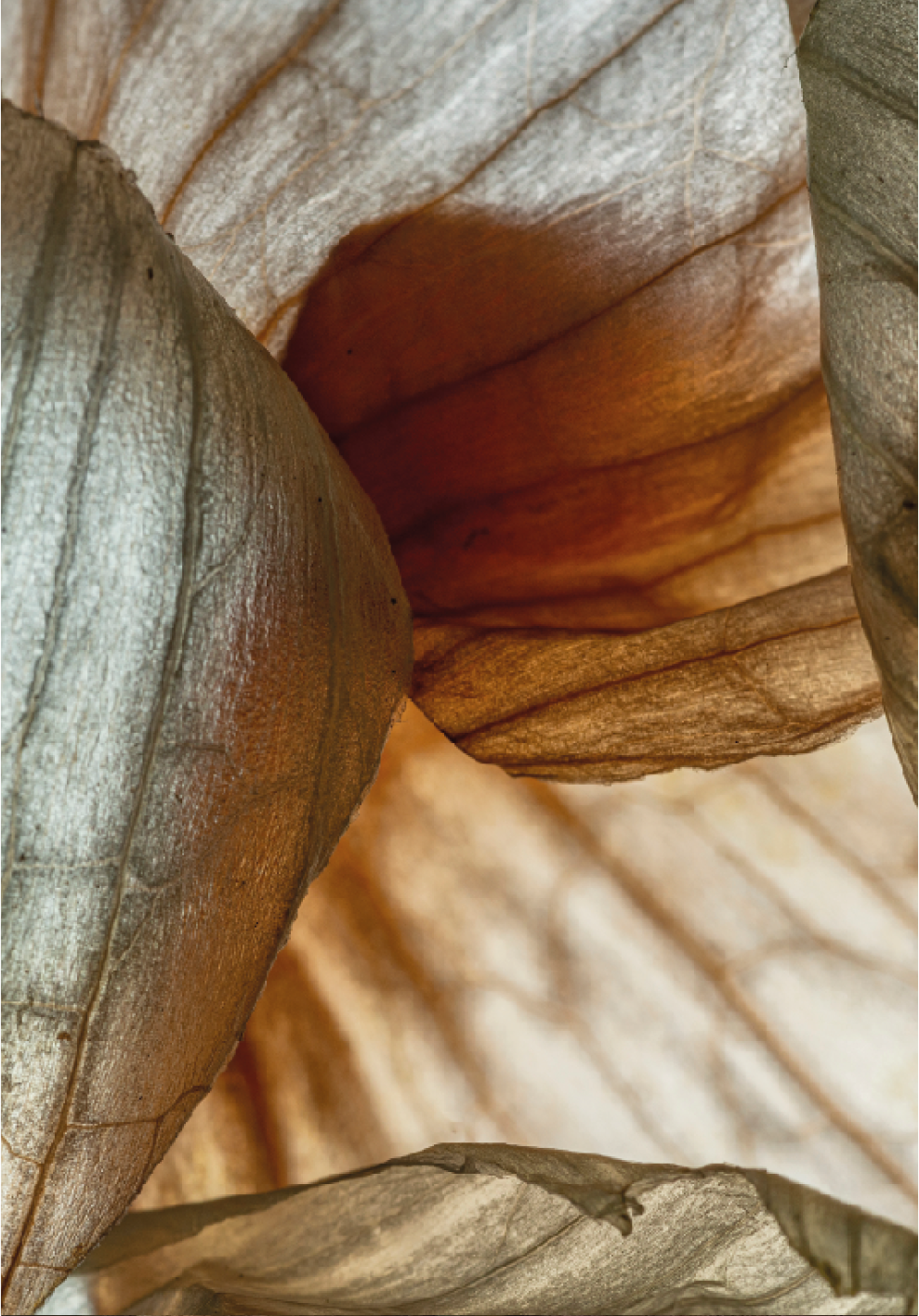
Essex Wildlife TrustCommercial Design
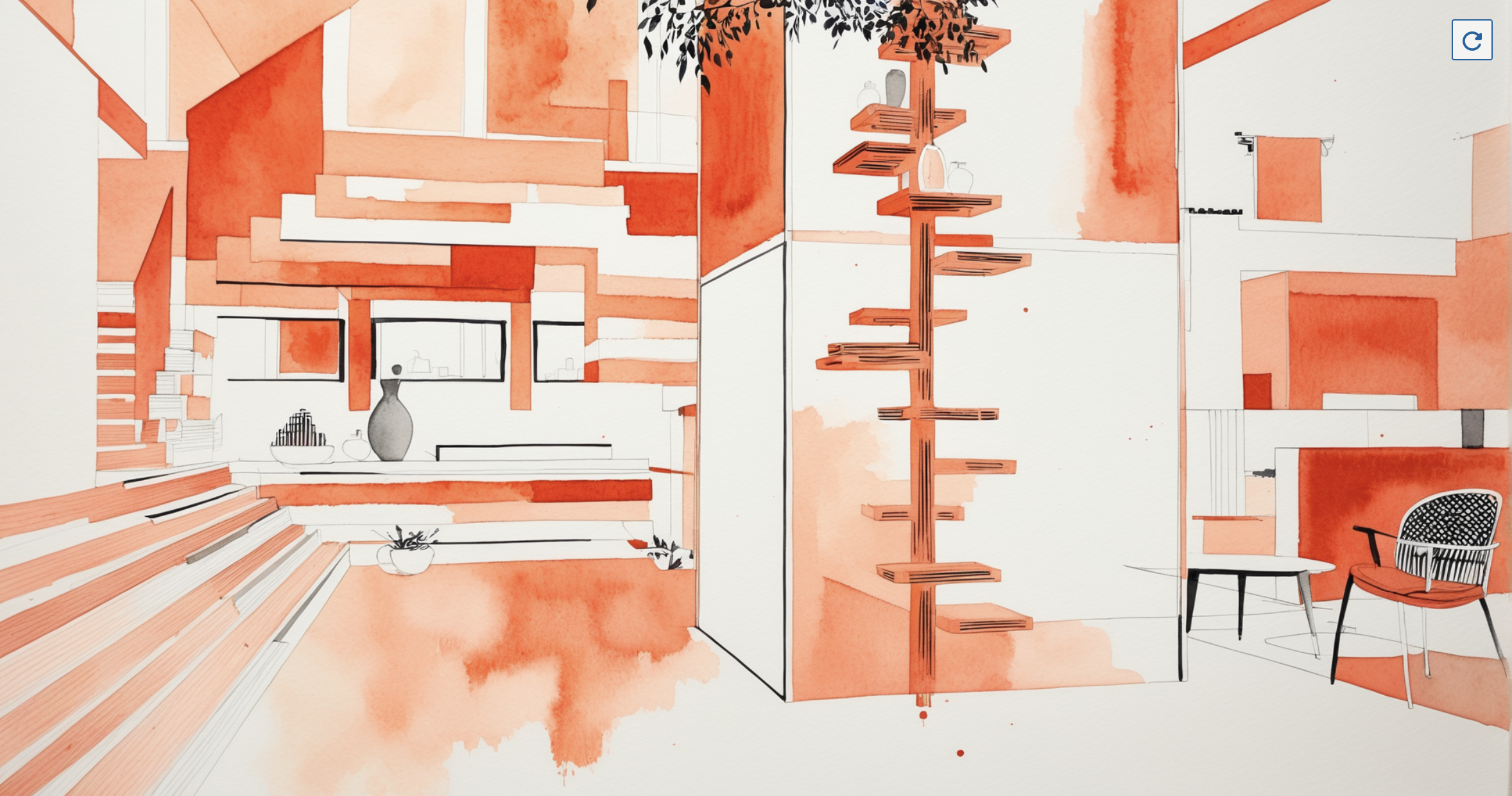
Handmaker's Factory, MontréalCommercial Mixed Use
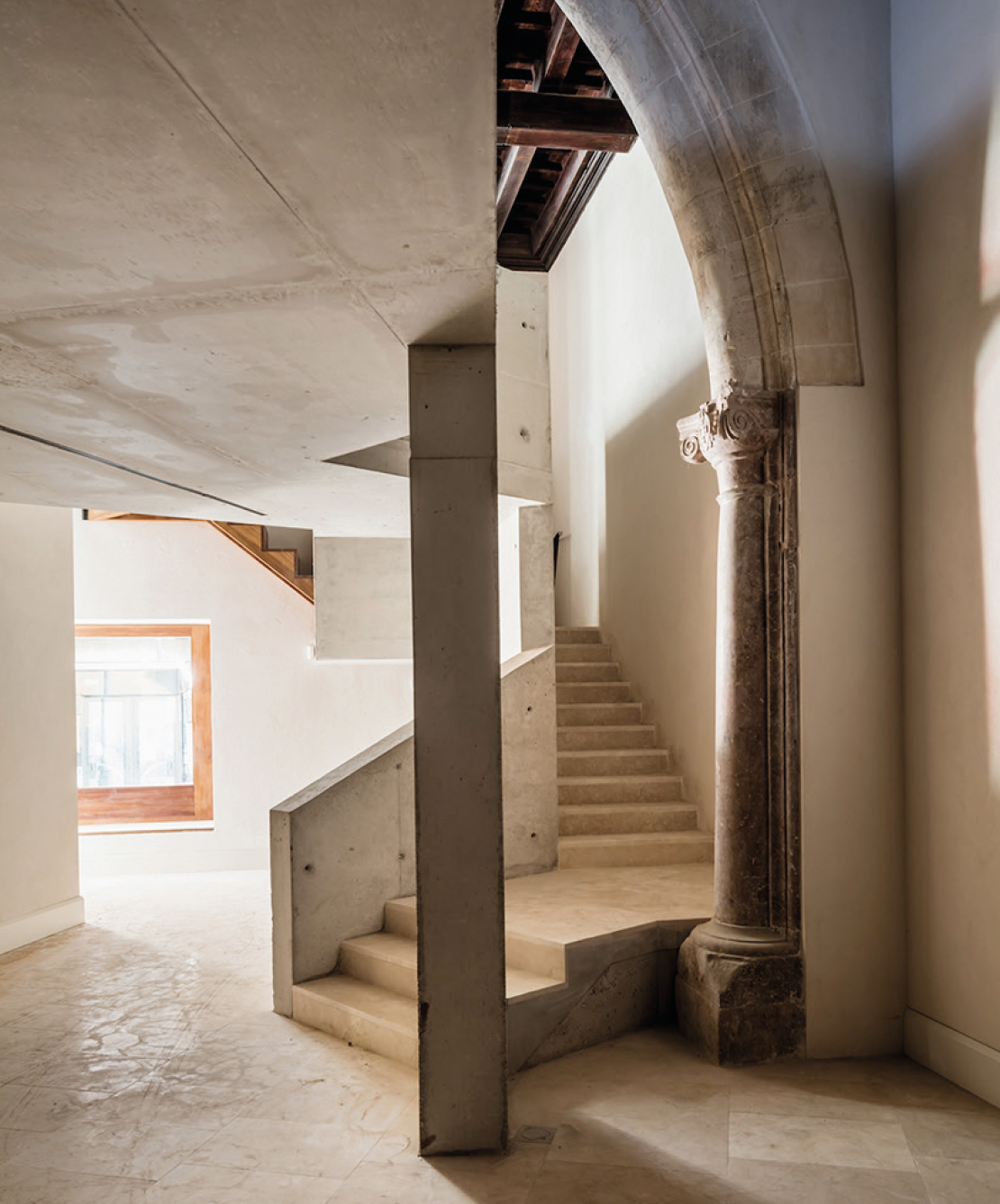
EssayProject type
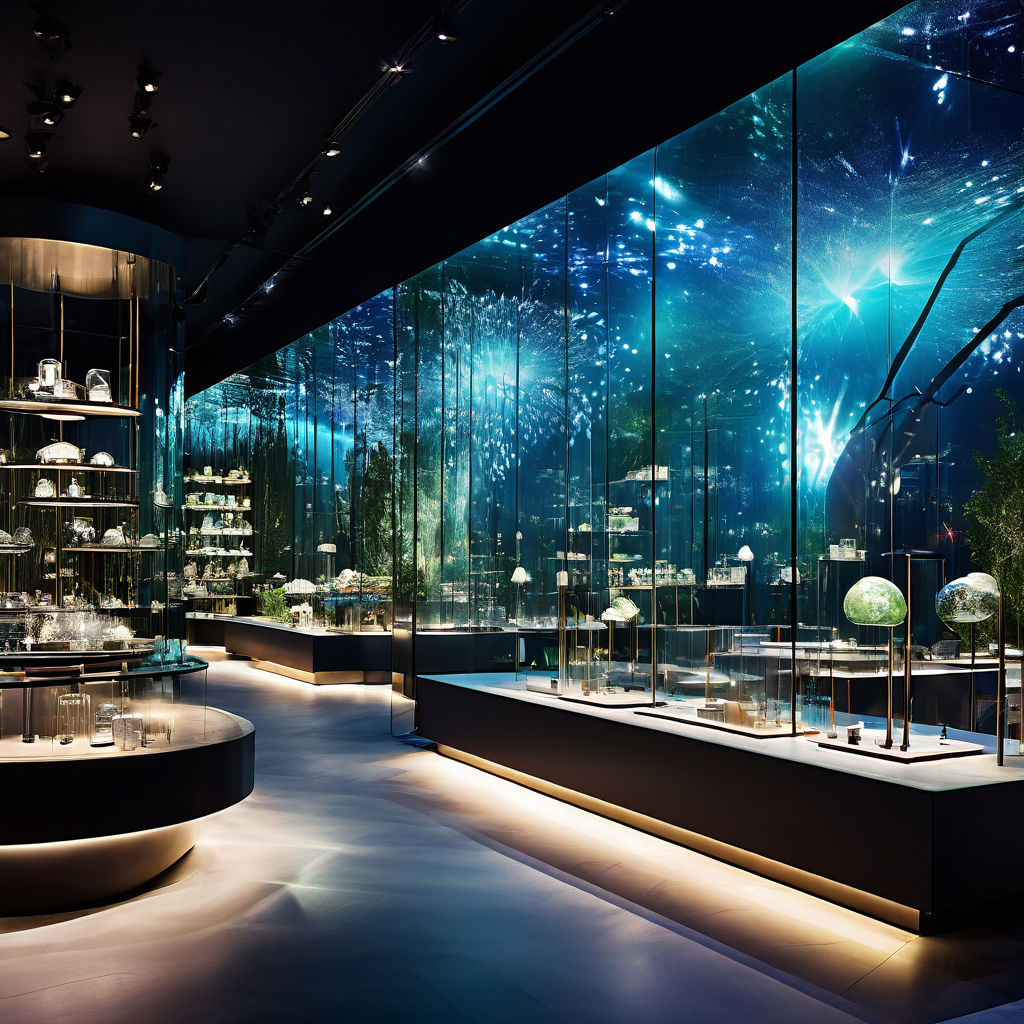
Retail ConceptCommercial Design
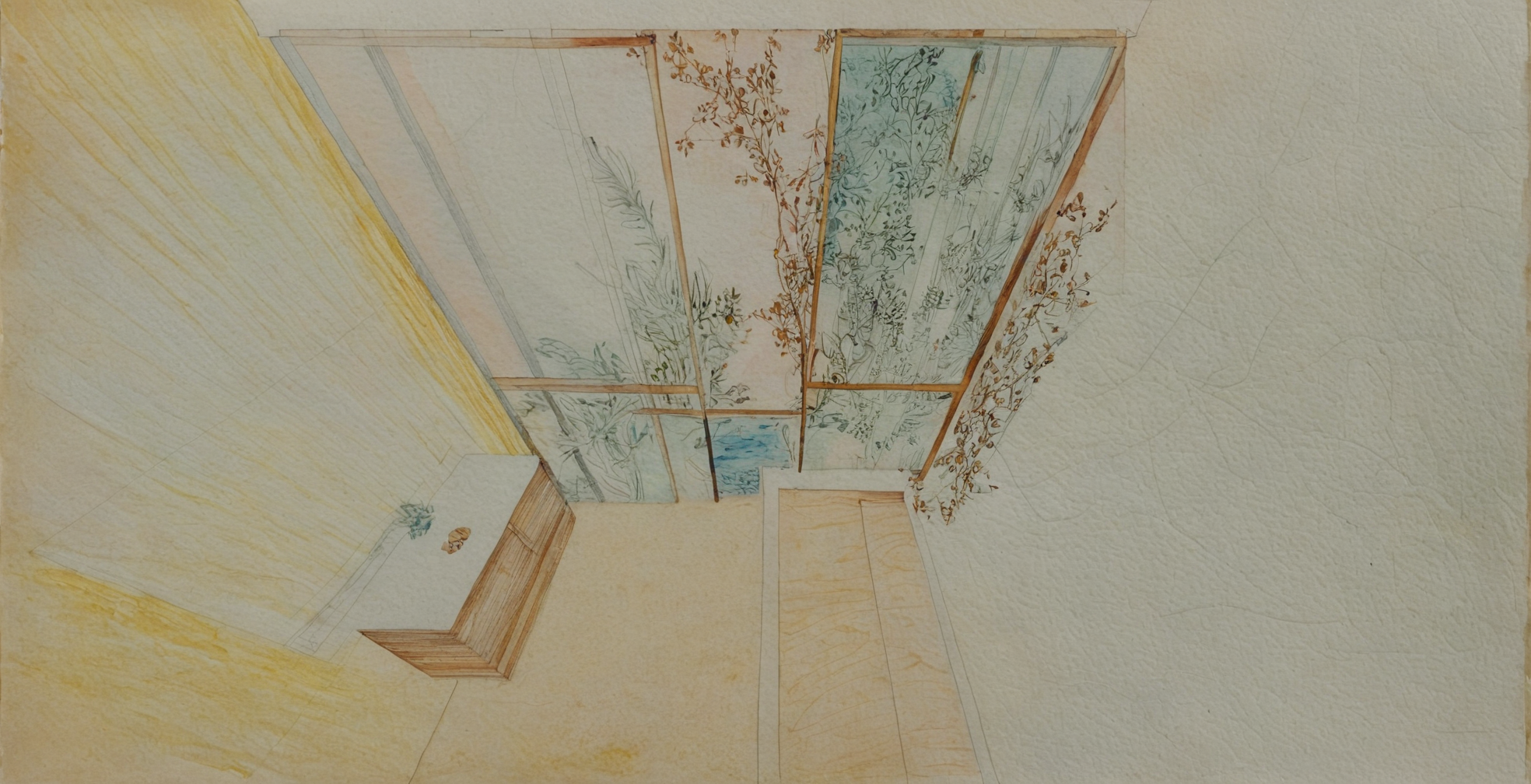
Zazen Retreat Richmond ParkCommercial Design
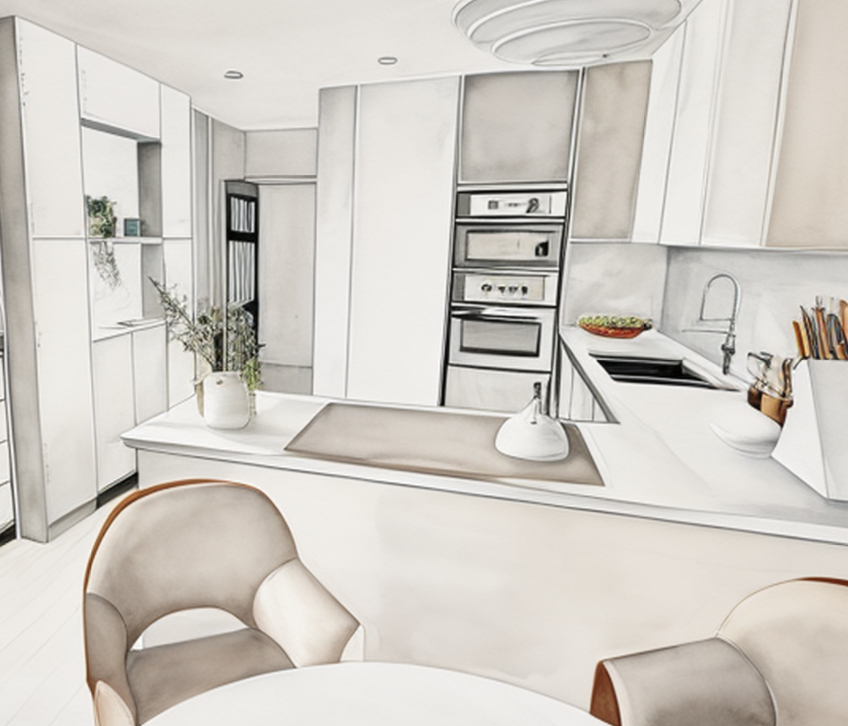
Kitchen Design FarringdonResidential Interior
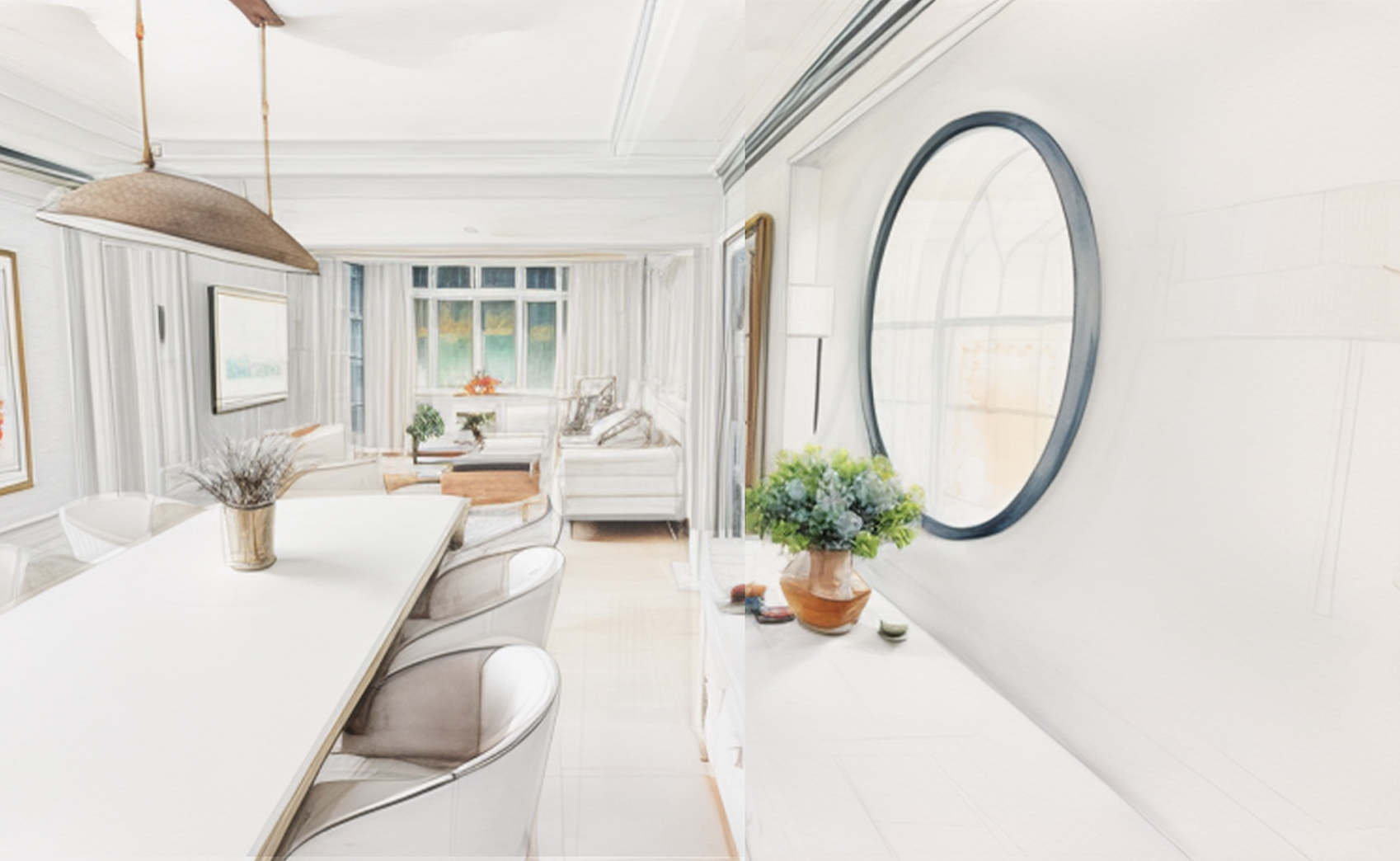
Classic Contemporary Style, West LondonLuxury Residential

Fantasia ChocolatierProject type
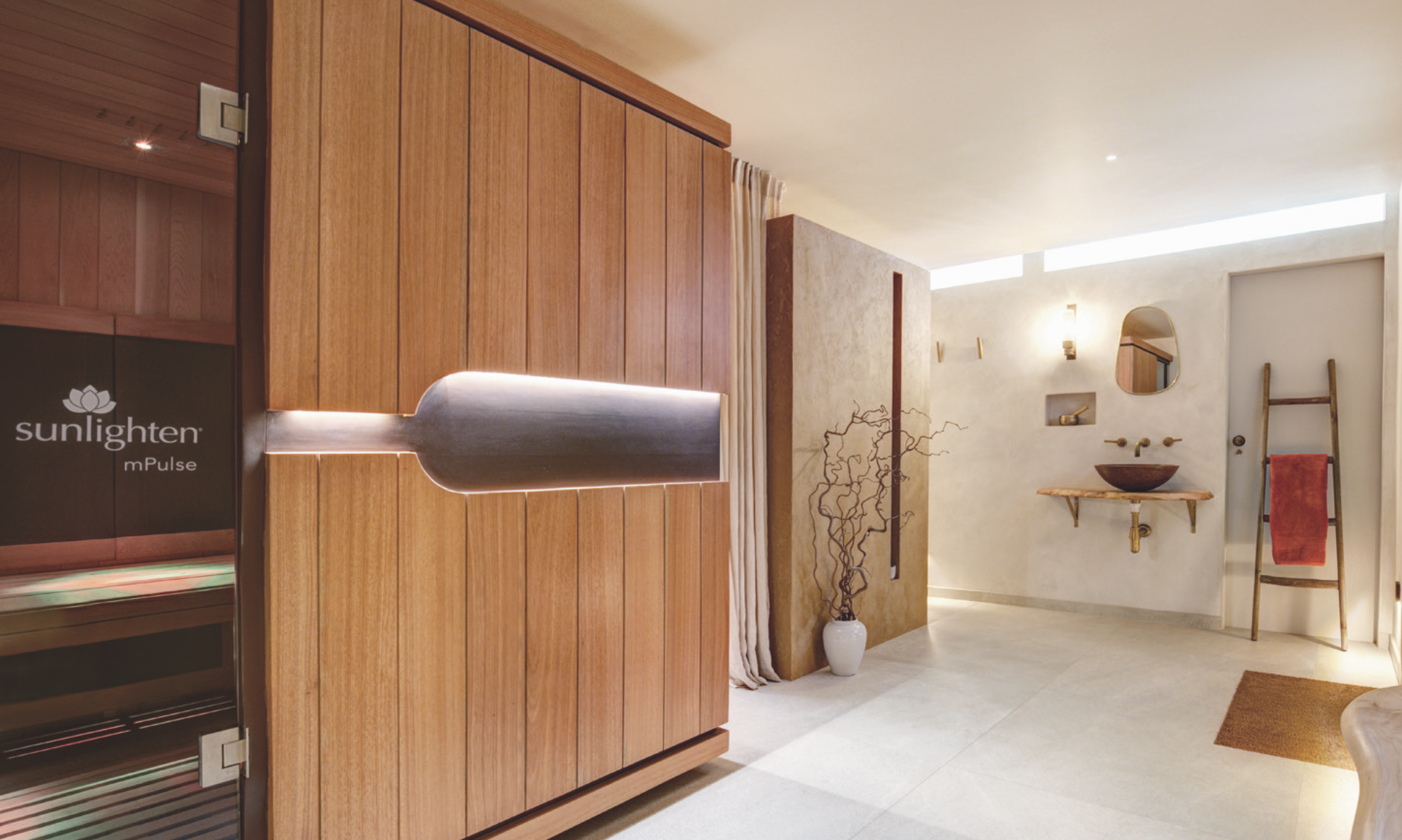
Sauna Room – Grade I Listed BuildingResidential Interior